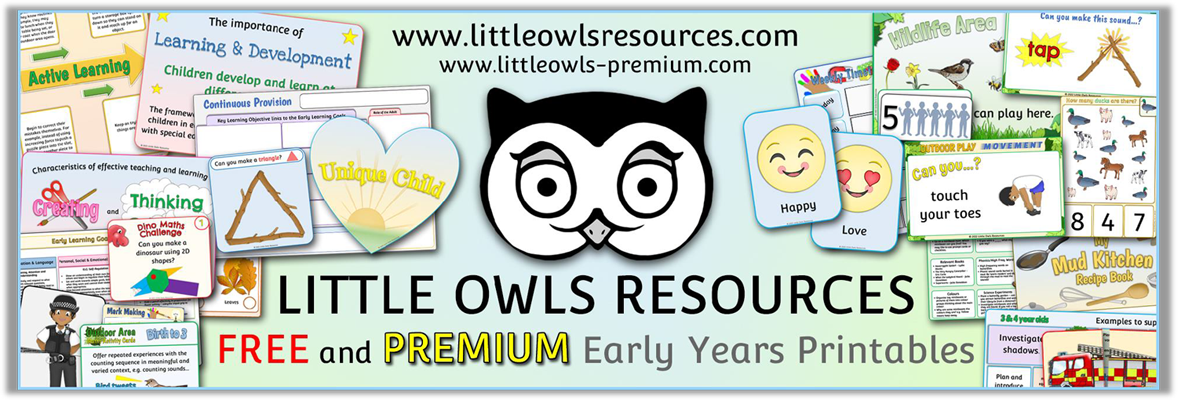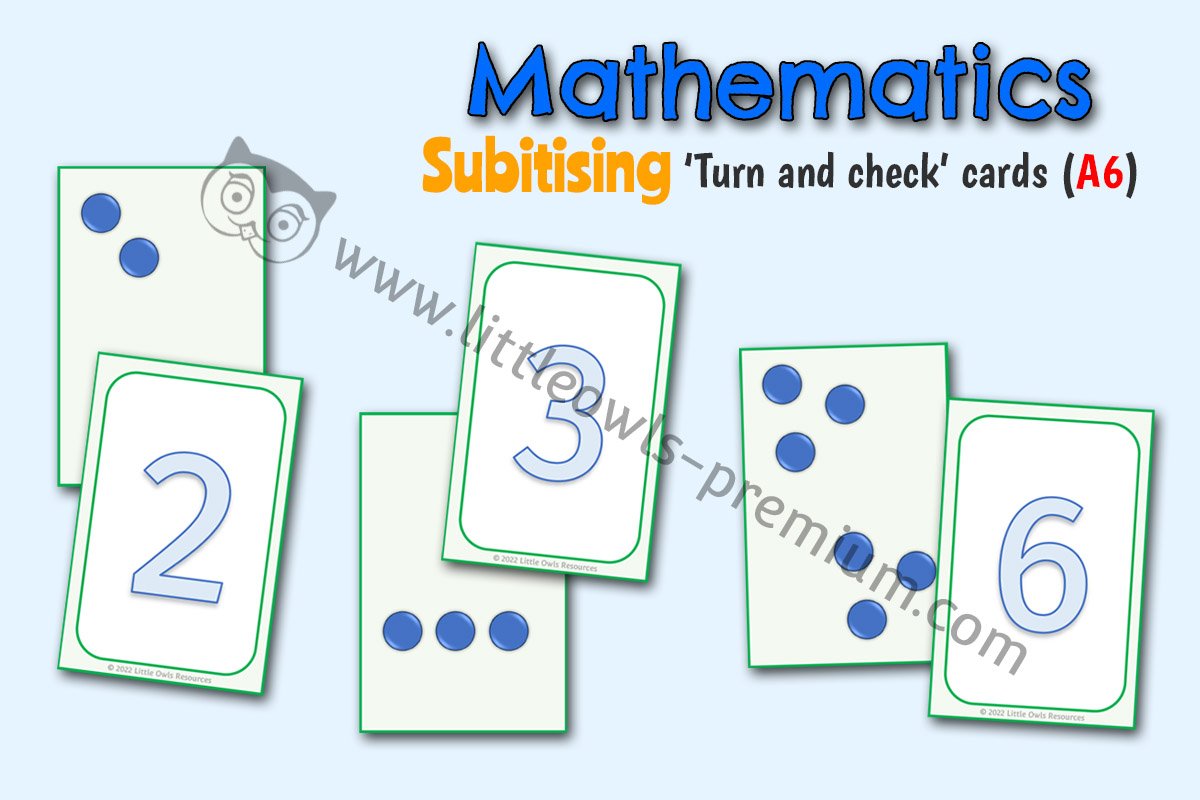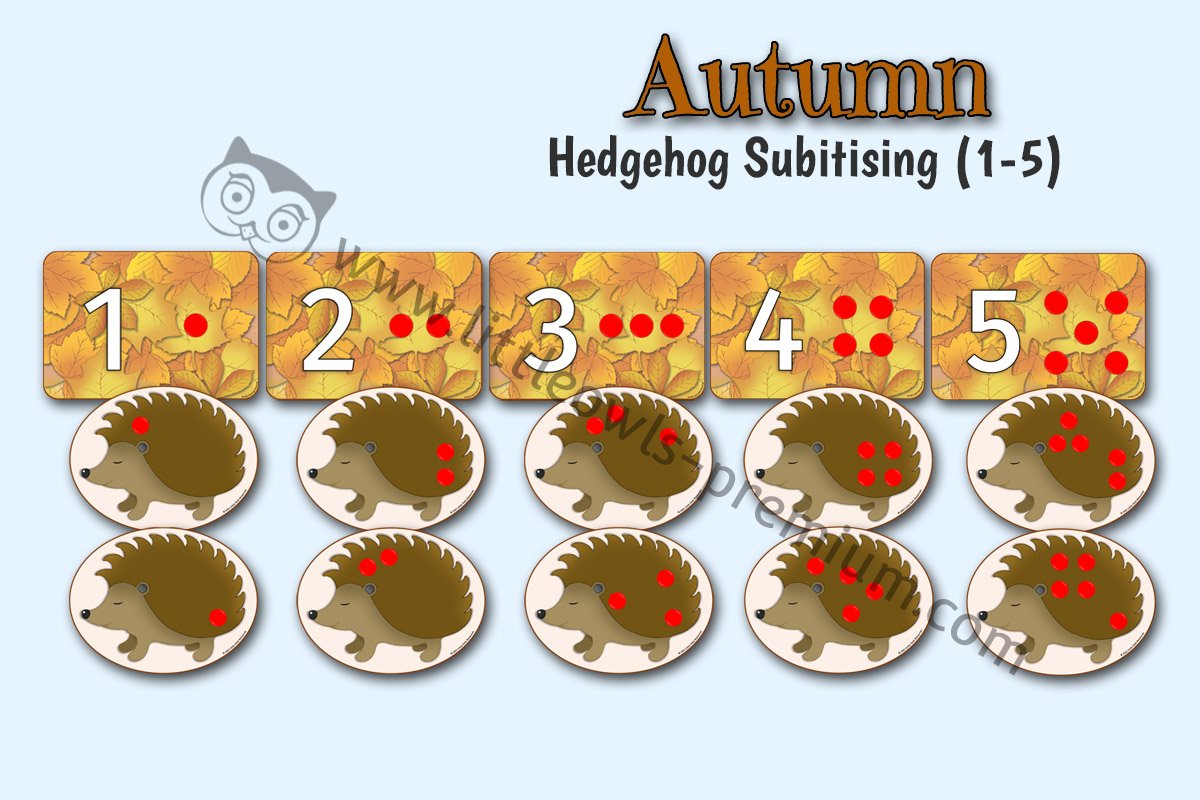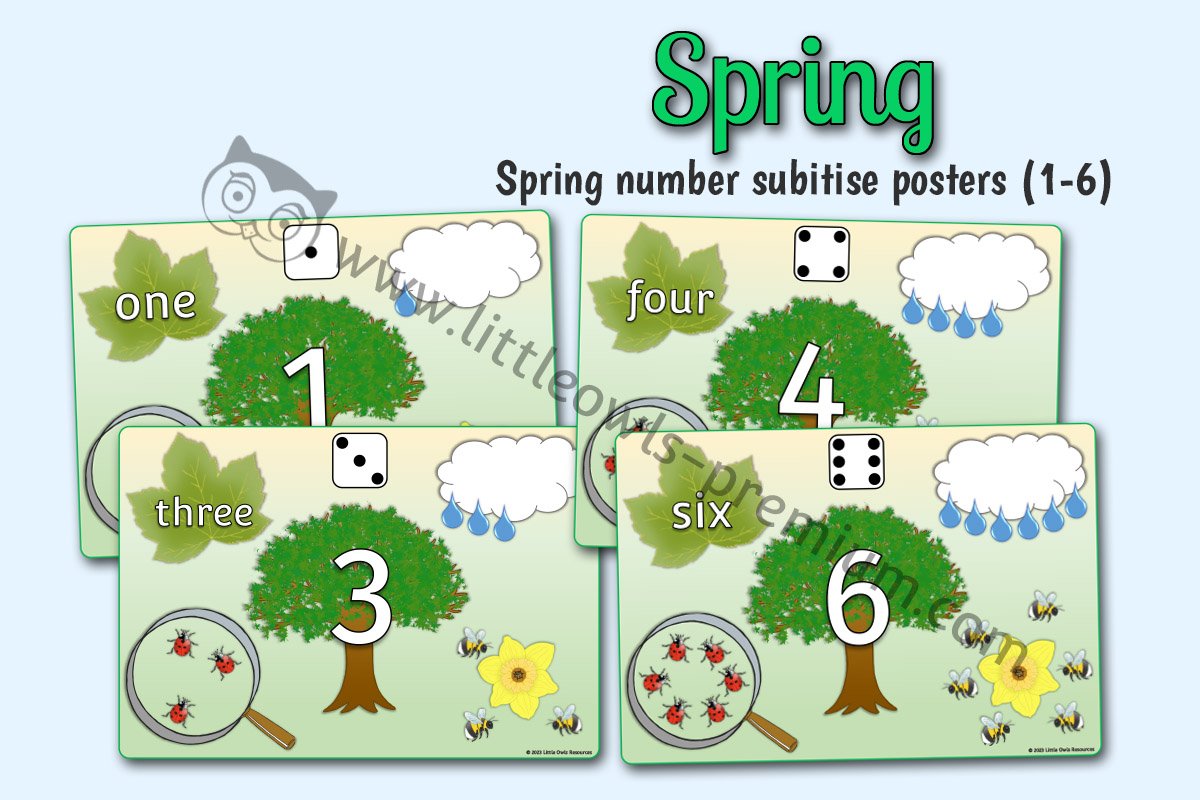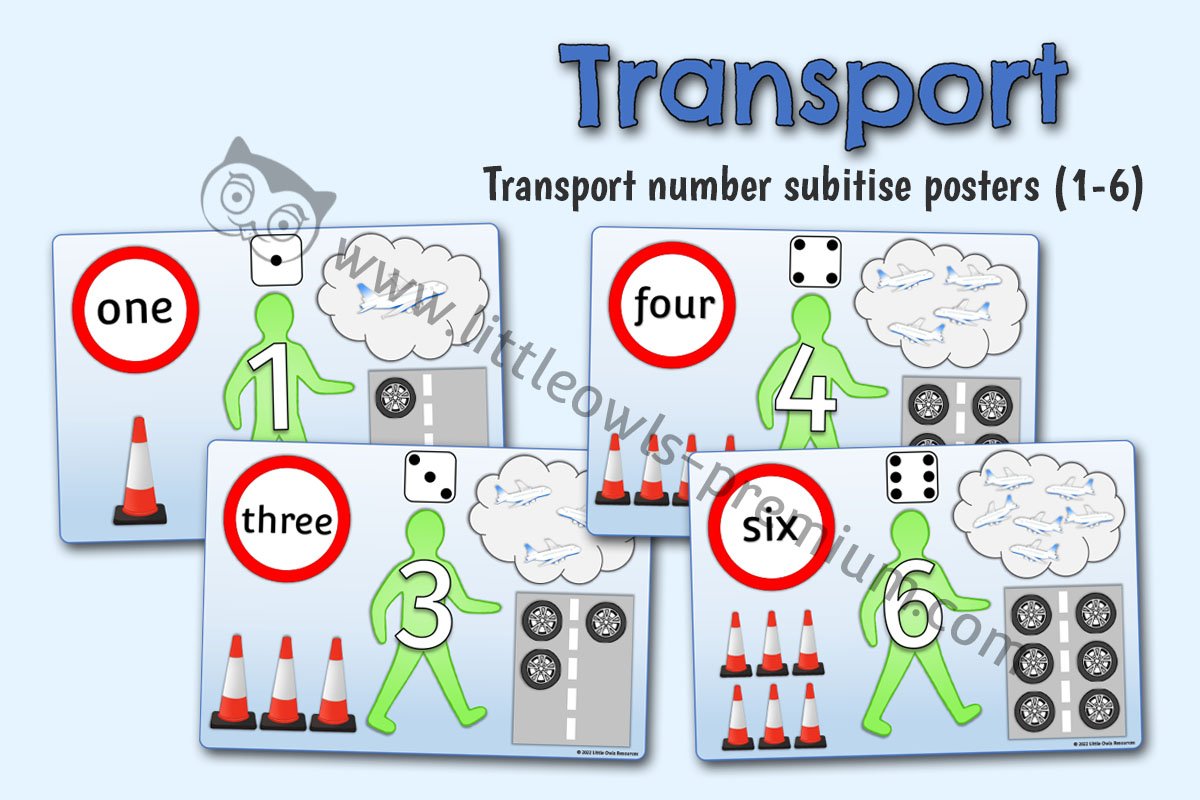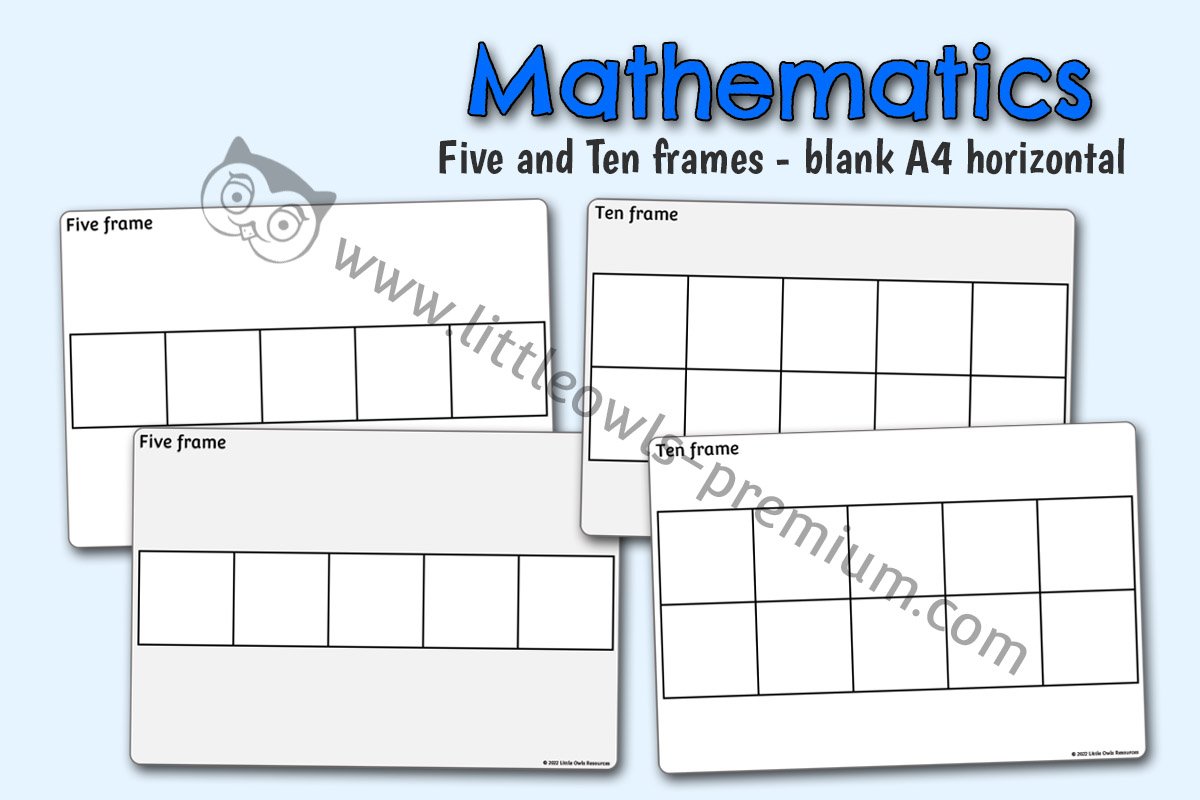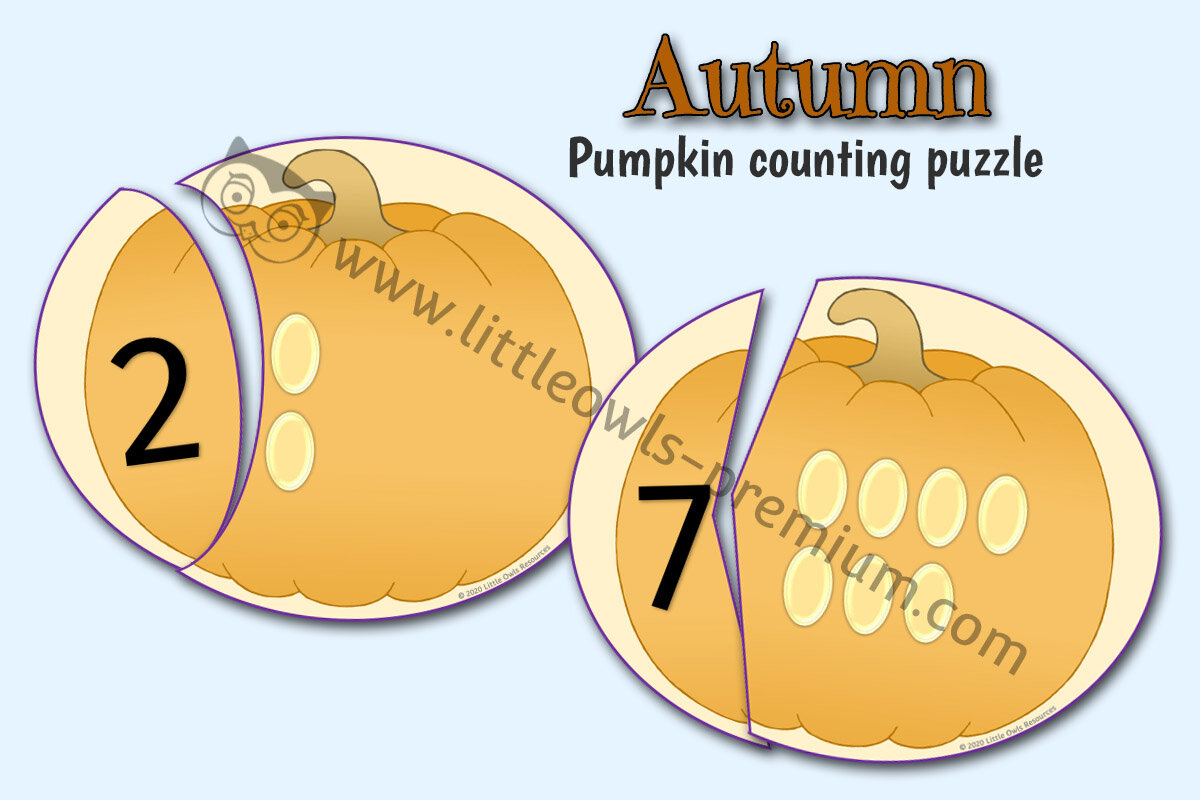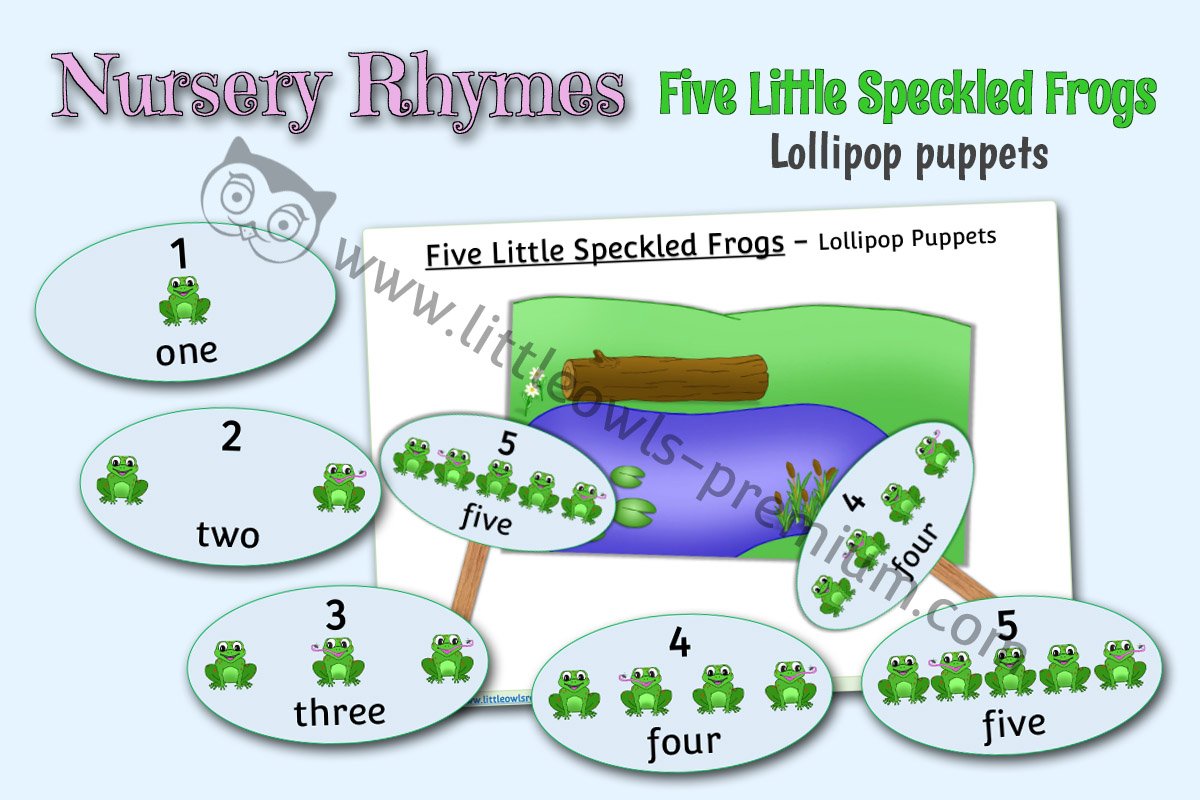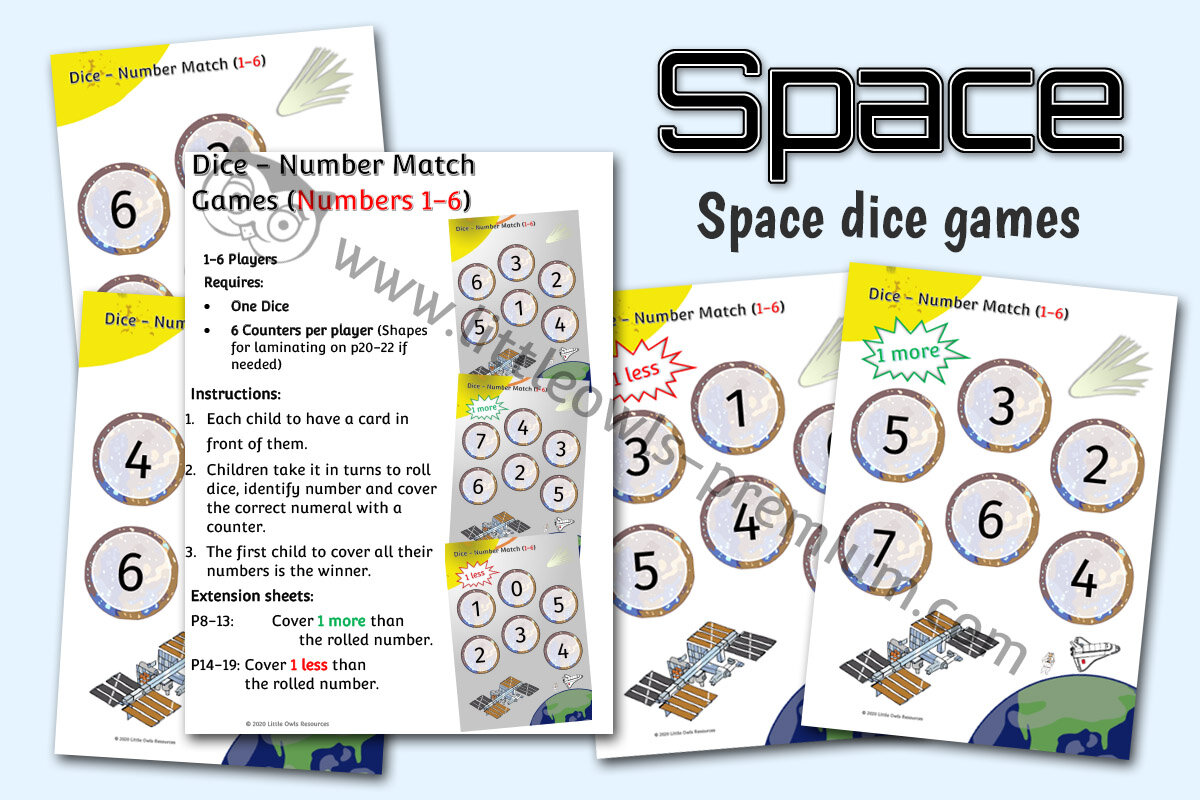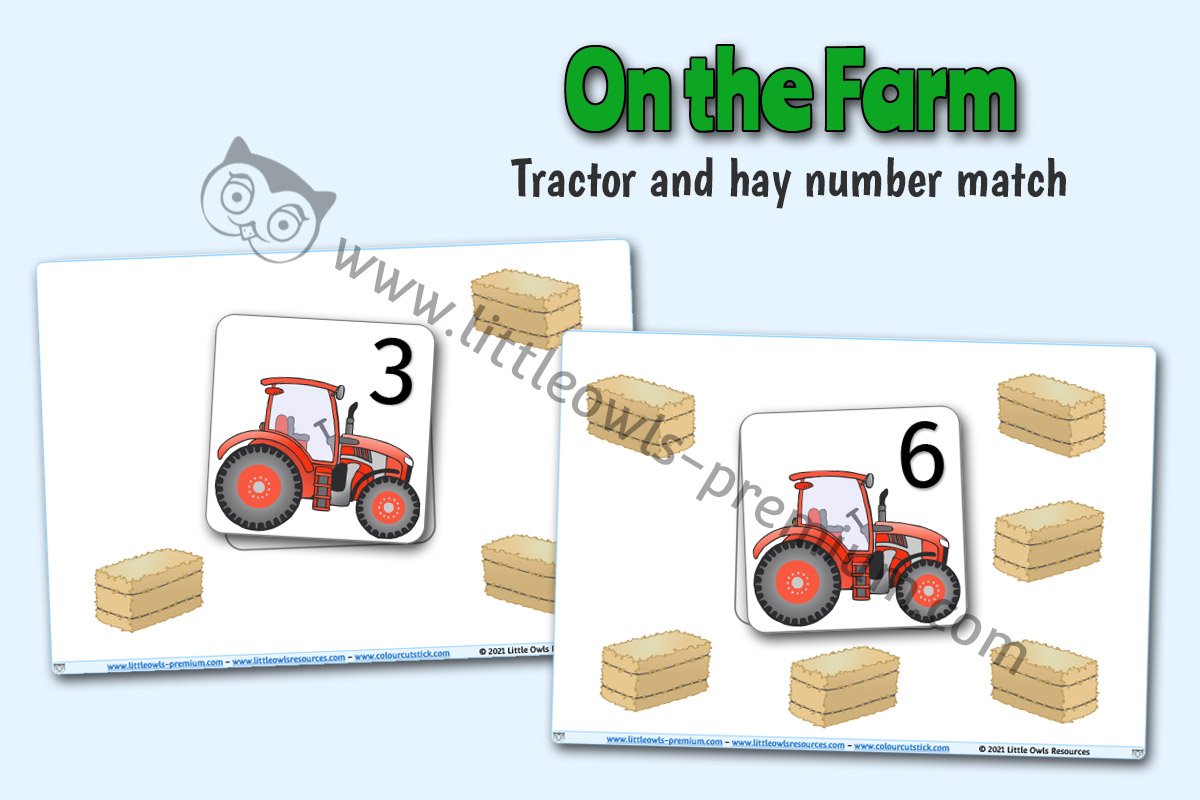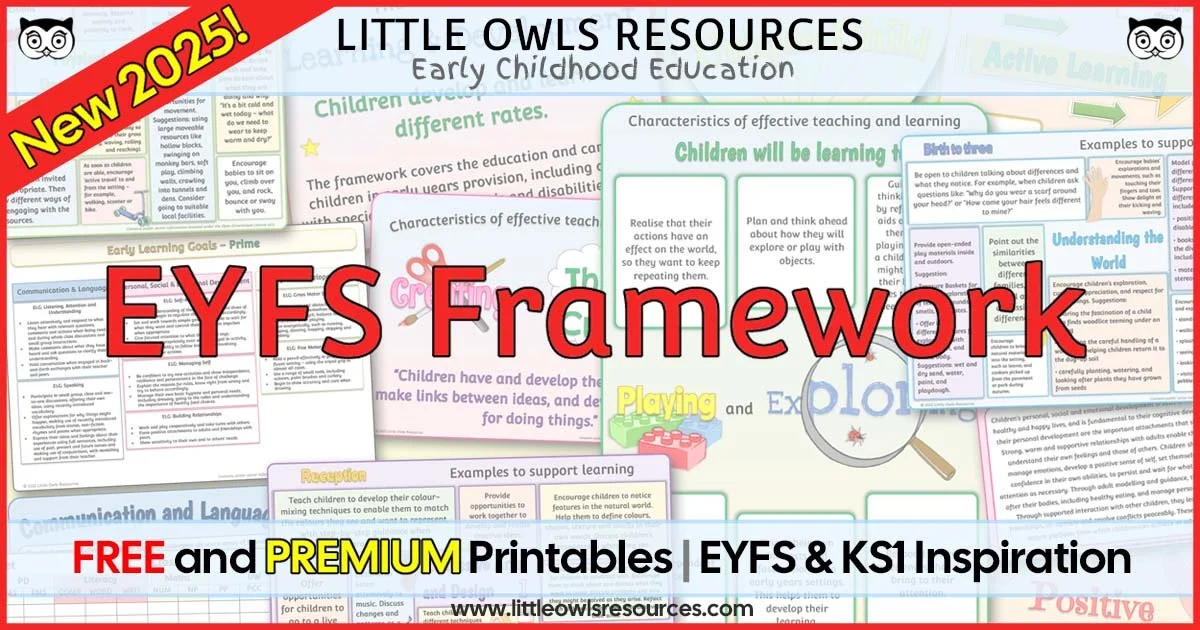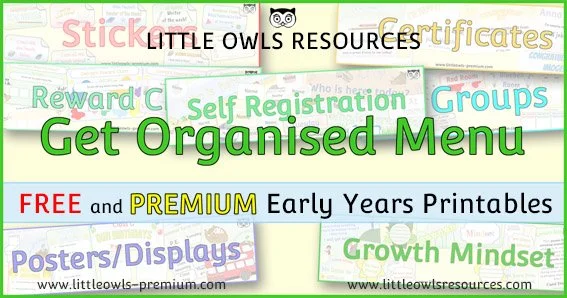Subitising - EYFS/Early Years activities, displays and ideas
SECTIONS ON THIS PAGE:
Free sample resources
What is subitising?
Ideas for activities to build and strengthen subitising skills
If you are not a member already, become a ‘Free Access’ member here. This will give you access to resources within the ‘Free Sample Resources’ sections at the top of most pages and ‘Special Dates Calendars’. Some whole topics are even free! Find out more about all of our membership options here. If you are already a member… thank-you! x
FREE ‘Subitising’ Printable REsources | Early Years
(Click on the images below to find out more)
Please note that both Editable (docx file) and non-editable (pdf file) versions are available for our ‘Subitising’ resources. (Editable files require Microsoft Word to work at optimum level and Non-Editable files require a pdf viewer.)
What is subitising?
Subitising is being able to look at a small number of objects and instantly know how many there are (without counting). For example rolling a dice and recognising the total number of dots straight away. In the early years, learning to recognise different formations of items which all amount to the same quantity is key. This begins with very small quantities up to 3. The more we see 3 objects together, the more we recognise the different formations of that grouping. That knowledge is then applied for groups up to 5. Beyond 5 then becomes more tricky. Most people at this stage will then use their knowledge of smaller number groupings to see the total e.g. two groups of 4 objects to make 8 or a group of 3 and a group of 5 to make 8 and so on.
What does Development Matters say about subitising?
3 and 4-year-olds will be learning to develop fast recognition of up to 3 objects, without having to count them individually (‘subitising’). Examples of how to support this: Point to small groups of two or three objects: “Look, there are two!” Occasionally ask children how many there are in a small set of two or three.
Children in reception will be learning to subitise. Examples of how to support this: Show small quantities in familiar patterns (for example, dice) and random arrangements. Play games which involve quickly revealing and hiding numbers of objects. Put objects into five frames and then ten frames to begin to familiarise children with the tens structure of the number system. Prompt children to subitise first when enumerating groups of up to 4 or 5 objects: “I don’t think we need to count those. They are in a square shape so there must be 4.” Count to check. Encourage children to show a number of fingers ‘all at once’, without counting.
Ideas for activities to build and strengthen subitising skills
Sometimes, rather than modelling counting 2 or 3 objects, model subitising by observing how many there are instantly. For example whilst out on a walk you might stop to notice that there are 3 conkers on the floor or 2 cats sitting on a wall…”Oh look (pointing), I can see 3 conkers on the floor!”… Alternatively you could use a selection of themed objects on the floor or a table such as acorns, different coloured leaves, conkers etc for an autumn theme. Notice e.g. how many acorns you have. Place them differently, ‘How many acorns are there now?' Do we still have 2 acorns?’ You can also use these subitising cards to practice recognising small quantities quickly. Once children are able to count proficiently, give them only a few seconds to look at a card to give them subitising practice.
Play our subitise and match games. For example, this hedgehog subitising game encourages children to spot the hedgehogs with the appropriate number of dots (in different formations). ‘How quickly can we match all of the hedgehogs to the correct piles of cosy leaves?’ You may want to add an element of challenge with a timer, e.g. ‘Can we get all of the hedgehogs to their safe hiding spots before the timer runs out?’ (We would advise beginning without a timer and then only adding this element to progress the game once children are becoming confident. Start with a time which is definitely achievable.) Choose the appropriate pack for your child(ren): Subitising to 3, 5 or 10.
Display subitising posters or mats within your setting. Each of the following poster packs features the numbers 1-6. On each poster/mat the numeral is displyed in the centre and various forms of subitising the number surround it. In the top left corner we have also featured the number written in word form.
Use 5 and 10 frames.
Use any of our subitising cards to play pairing games. Can your children subitise the number of objects on each card in order to match the cards with the same quantity of items on?
Group subitising prompt cards (A4). The children are to be encouraged to say how many conkers, footballs, etc there are straight away with no counting. The prompts are intended to be held up by an adult as part of a group or class activity.
How quickly can you complete our number and quantity match puzzles? Practice recognising the quantities to complete fun games! Here are a few of our favourites. You can find many more on our ‘Counting’ pages.
Use props when reciting counting rhymes. For example when singing ‘Five Little Speckled Frogs’ imitate the appropriate number of frogs sitting on a log using your fingers from one hand as frogs and your other arm as the log they are sitting on. In addition you can use our ‘Five Little Speckled Frogs’ prop packs.
Play dice games in order that children begin to recognise the formation of dots used on dice. Here are a few of our popular dice games, but you can find more on our ‘Games’ pages.
How quickly can you solve our number and quantity match mat problems? Use the mats in each pack appropriate for the level of your child(ren).
